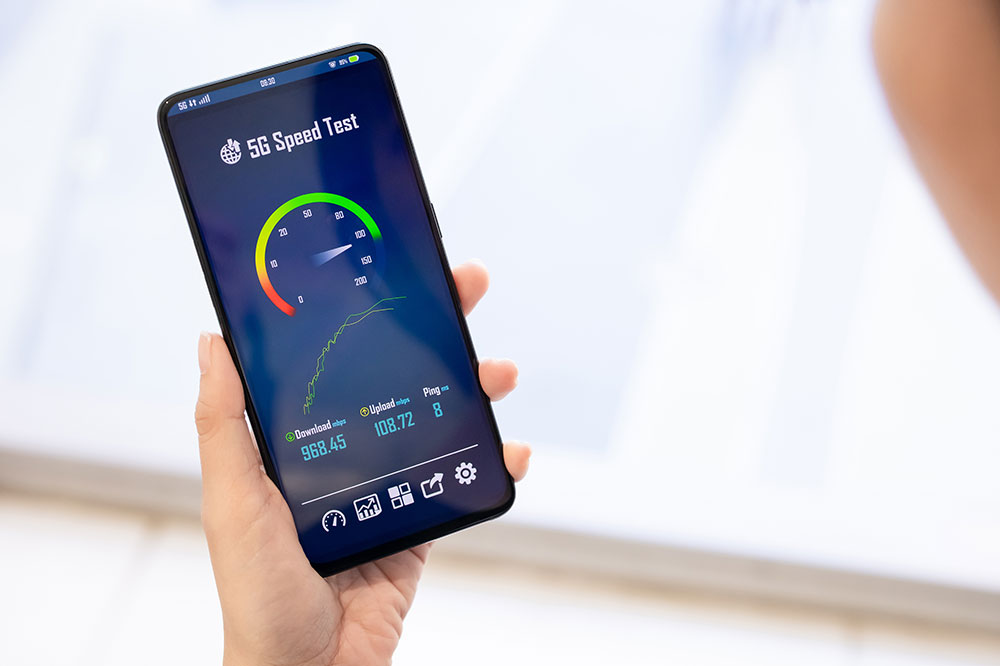Comprehensive Guide to Internet Speed Testing and Optimization for Better Connectivity
This comprehensive guide explains the significance of regular internet speed testing, offers detailed steps to measure WiFi performance, and provides effective strategies to troubleshoot and optimize your internet connection. Learn how to ensure faster, more reliable online experiences for streaming, gaming, and remote work, enhancing productivity and entertainment.

The Importance of Internet Speed Testing and Strategies to Improve Your Online Experience
In today's highly connected world, having a stable and fast internet connection is more than a convenience—it's a necessity. Whether you're streaming your favorite shows, participating in online gaming, conducting virtual meetings, or working remotely, the quality of your internet service directly influences your productivity and entertainment. Slow or unreliable internet speeds can cause frustrating buffering, dropped calls, lag spikes, and long download times, disrupting your digital lifestyle. To ensure you’re getting the most from your internet service, regular speed testing becomes an essential practice. It helps you monitor performance, troubleshoot issues, and verify that your ISP (Internet Service Provider) delivers the speeds you’re paying for.
Understanding how to efficiently measure your internet speed and taking proactive steps to enhance your connection can make a significant difference. This comprehensive guide explains the importance of internet speed testing, the steps involved, common issues faced by users, and practical solutions to optimize your online experience.
How to Properly Measure Your WiFi Speed
Prepare your network: Before testing, ensure minimal device activity. Pause or disconnect other devices connected to your WiFi to avoid skewed results caused by network congestion.
Choose a reliable testing platform: Use well-known and trusted speed test websites or applications such as Speedtest.net, Fast.com, or Google's internet speed test. These platforms provide accurate measurements and are easy to use.
Perform the test: Simply click on the “Start” or “Go” button and wait for the process to complete. The test measures various parameters including download speed, upload speed, and ping latency.
Analyze the results: Compare your results with your internet plan’s advertised speeds. If your speeds are significantly lower, consider troubleshooting steps or contacting your provider.
Conducting regular speed tests only takes a few minutes but is invaluable for maintaining optimal connectivity and diagnosing potential issues early.
The Significance of High-Speed Internet in Everyday Life
Browsing Experience: Faster internet loads websites quickly, reducing wait times and improving overall browsing efficiency.
Streaming & Downloading: HD or 4K streaming and large file downloads become seamless, with minimal buffering or interruption.
Online Gaming: Low latency and stable connections are critical for competitive gaming, reducing lag and providing a smoother experience.
Video Conferencing: Clear, uninterrupted video calls are essential for remote work, online education, and virtual social interactions.
In essence, a high-quality internet connection enhances both productivity and entertainment, making it a worthwhile investment in your digital lifestyle.
Common Challenges with Internet Speeds and How to Address Them
Many users encounter issues such as slow speeds, frequent disconnections, or high latency. Here's how to troubleshoot common problems:
Low Speed: Run a speed test, then try restarting your modem or router. Check if your device's network settings are optimal. If issues persist, contact your ISP for a possible upgrade or technical support.
Intermittent Connectivity: Inspect your network cables for damage, ensure your router is placed centrally in your home, and avoid obstructions or interference from other wireless devices. Rebooting your router or updating its firmware can also improve stability.
Network Congestion: High user activity during peak hours can slow down your internet speed. To mitigate this, schedule large downloads or updates during off-peak times, consider upgrading to higher bandwidth plans, or improve your network hardware.
Recognizing the root causes allows for targeted solutions, resulting in more reliable and faster internet service.
Key Factors Impacting Your Speed Test Results
Download Speed: The rate at which data is transferred from the internet to your device impacts media streaming, app loading, and content downloads.
Upload Speed: Crucial for sending large files, video conferencing, and live streaming, upload speed determines how quickly data leaves your device.
Latency (Ping): The delay between sending and receiving data influences real-time activities like online gaming, live video calls, and interactive applications.
Understanding these metrics helps you tailor your internet setup for specific needs. For activities requiring high data transfer rates, ensure your plan supports faster speeds and your equipment is optimized.
Moreover, performing consistent speed tests supports ongoing troubleshooting and helps you maintain an efficient online environment. By investing time in monitoring your internet performance and applying suitable adjustments, you can enjoy a seamless digital experience without interruptions or lag, whether for work, entertainment, or communication needs.





